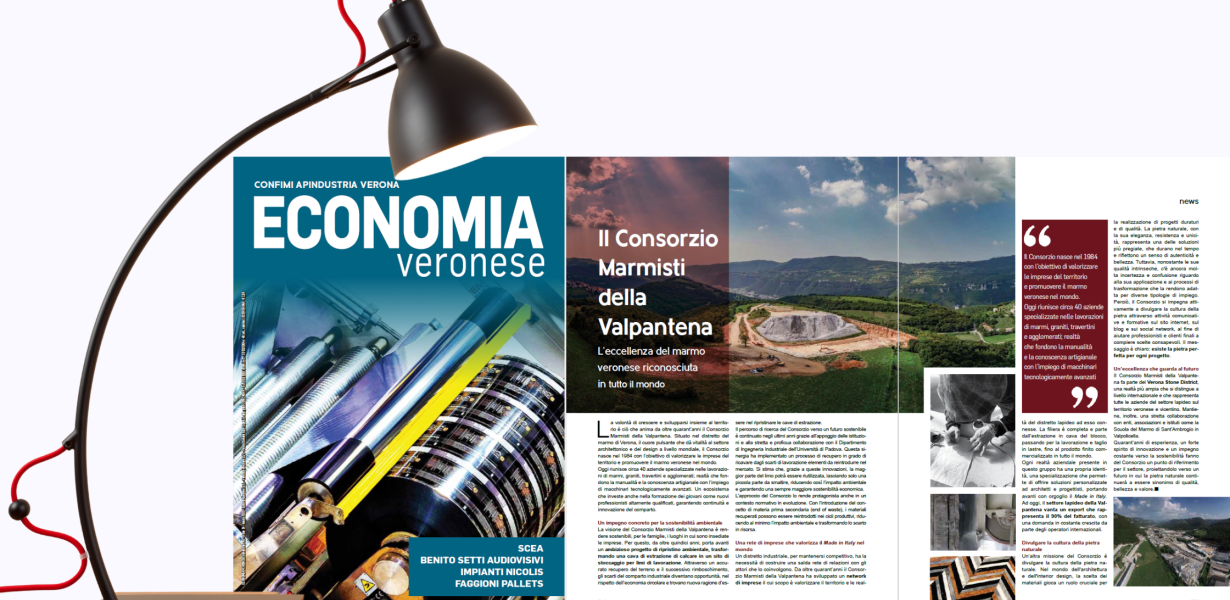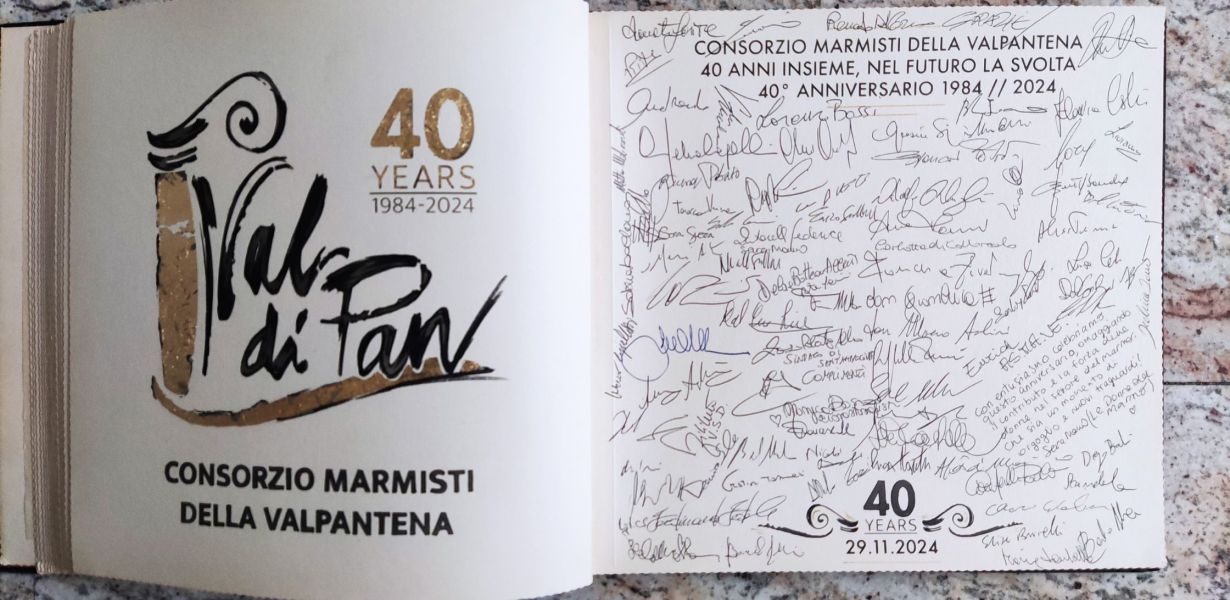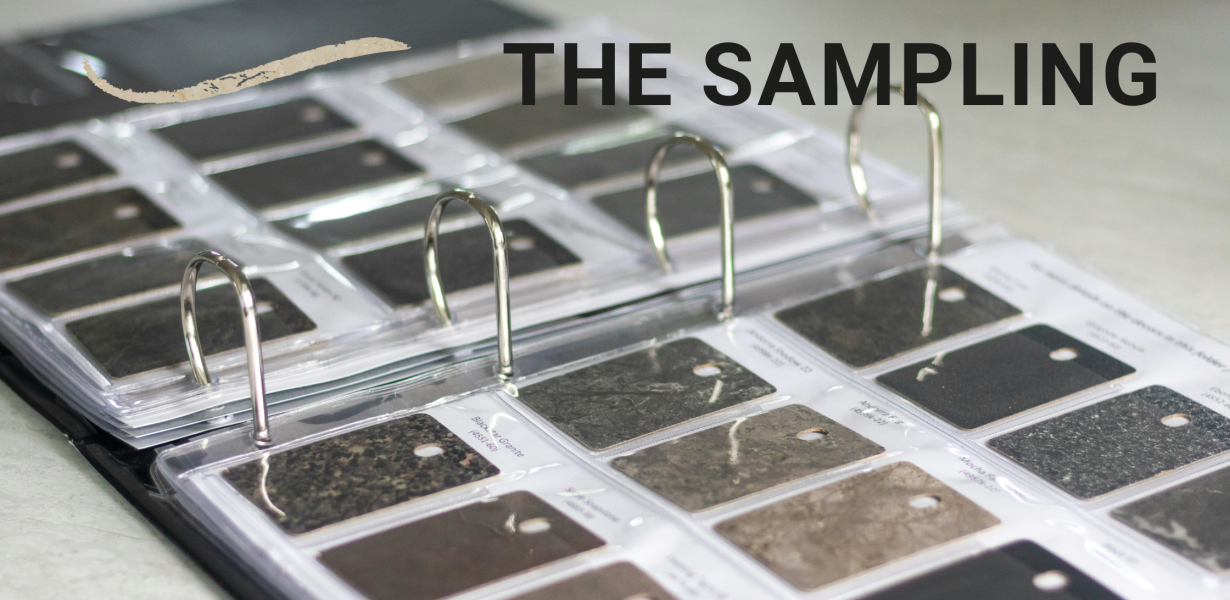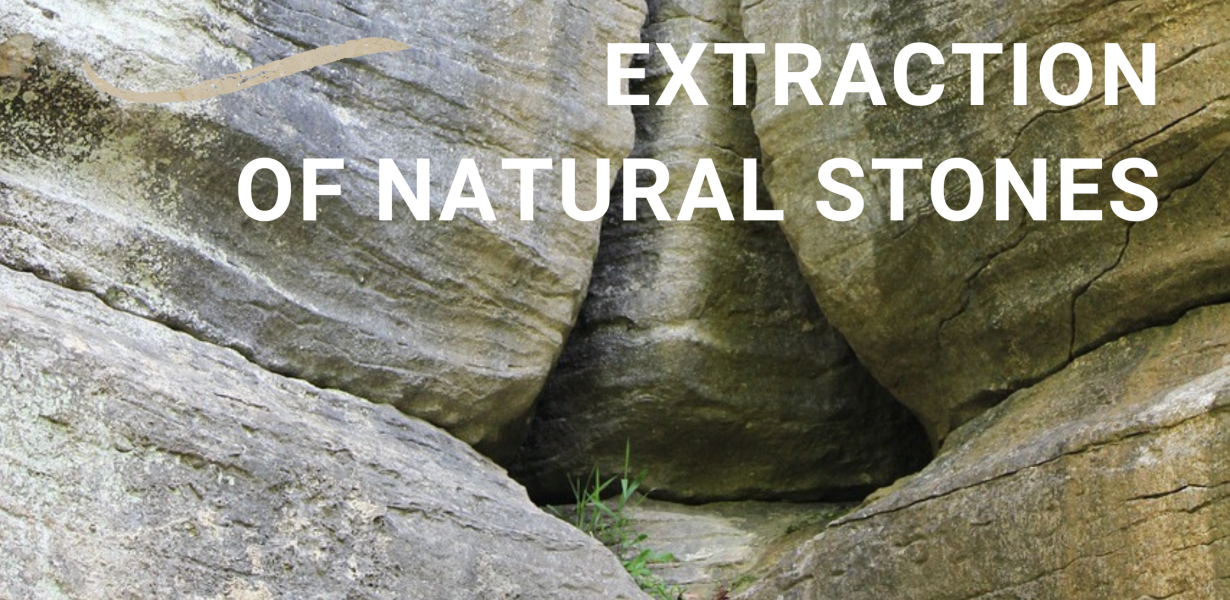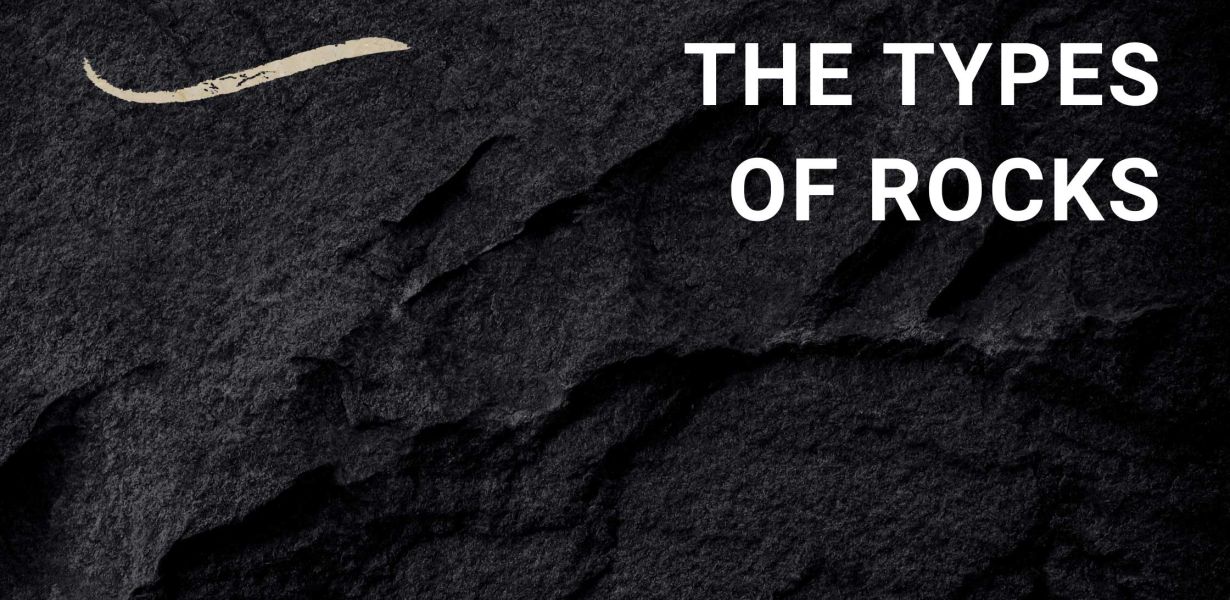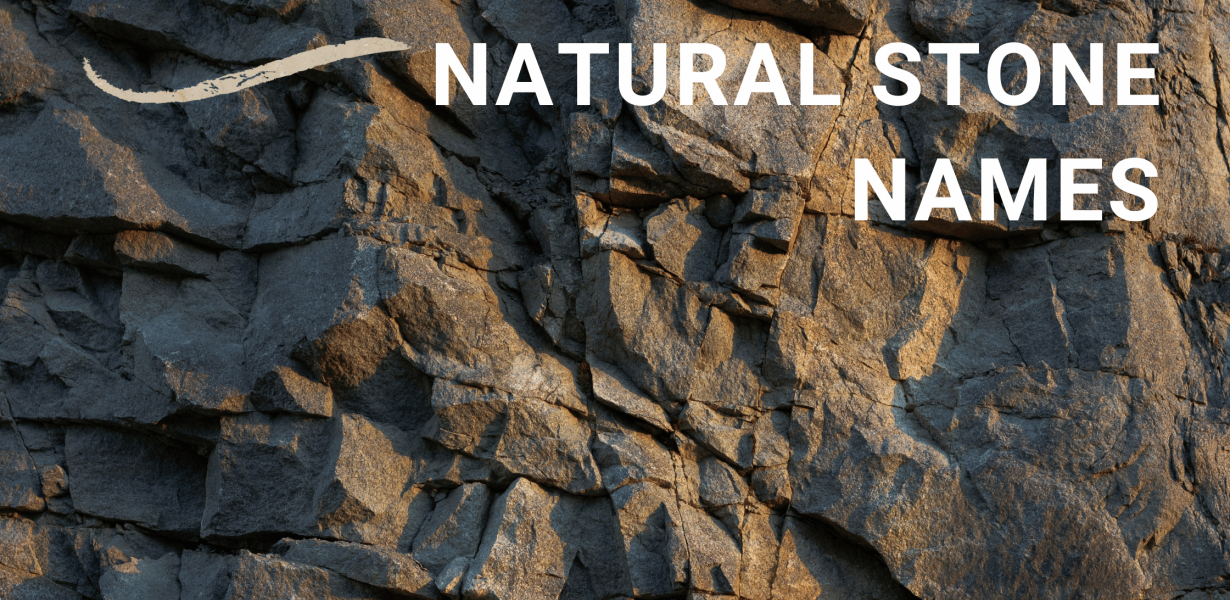The Charm of Natural Stone Names

The names of rocks can tell fascinating stories, partly reflecting their physical characteristics, but above all expressing their geological and historical origins. Knowing the names of rocks is not just a matter of terminology, it is a journey that allows us to better understand the natural world and appreciate the beauty and variety of stones that can be used in interior design and architecture projects.
The Nomenclature of Natural Stones
Natural stone names are a combination of many aspects, such as tradition, science and creativity. These names can derive from a variety of sources, including places of extraction, physical characteristics of the rock or imaginative names created specifically for the market. For example, the marble ‘Rosso Verona’ evokes its geographical origin, while the marble ‘Verde Challant’ is a fancy name that activates the imagination.
Defining the criteria for the correct commercial naming of ornamental stones is the UNI EN 12440 standard entitled ‘Natural Stones - Criteria for Naming’. This is a European standard that ensures that each natural stone is clearly and unambiguously identified, providing essential information on:
- Traditional name, i.e. the names commonly used to identify the stone in the market.
- Petrological name, determined through petrographic analysis (this name describes the mineralogical composition and structure of the stone).
- Typical colour, i.e. the characteristic hue of the stone, which may vary depending on the area of extraction.
- Zone of origin, understood as the geographical area from which the stone is extracted, which is fundamental to understanding the specific geological properties of the material.
This classification helps to ensure that stones are recognised and used correctly in commercial and architectural settings, providing clarity and precision. Indeed, thanks to the EN 12440 standard, professionals such as architects and designers can benefit from a number of significant advantages:
- clarity and transparency: the standard ensures that all natural stones are clearly identified and described. This reduces confusion and makes it easier to choose the most appropriate materials for specific architectural and design projects;
- reliability of technical characteristics: with a standardised designation, the technical characteristics of natural stones, such as hardness, weather resistance and durability, are clearly defined. This allows architects to confidently assess how a particular stone material will perform in certain contexts of use;
- wide choice of materials: the standard encourages the use of natural stone, offering a viable alternative to ceramics. With in-depth knowledge of the characteristics of stones, professionals can explore a wide range of aesthetic and functional options, enriching their projects with unique and authentic materials;
- sustainability: natural stones are durable and sustainable materials. The UNI EN 12440 standard promotes the responsible and conscious use of these resources, contributing to projects that respect the environment and enhance the geological heritage.
Marble: synonymous with elegance and transformation
Marble, from the Greek ‘marmaros’ meaning ‘shining stone’, is a compact, polishable crystalline rock used for decoration and construction. It is predominantly composed of minerals with a Mohs hardness between 3 and 4 (such as calcite, dolomite and serpentine). The main categories of marble include:
- Marbles, limestones and cipollines: these are valued for their decorative veining and lustre.
- Polishable limestones, dolomites and calcareous breccias: these sedimentary rocks are mainly composed of calcium carbonate (limestones) or calcium and magnesium carbonate (dolomites) and can be polished to obtain smooth and shiny surfaces.
- Calcareous alabasters: this type of stone is a variety of fine, compact limestone, known for its translucence and ability to be sculpted and polished. It is often used for sculptures and interior decoration.
- Serpentinites: they have a fibrous or lamellar texture and vary in colour from dark green to black. They are used for cladding and decoration.
- Ophicalcites: these rocks are composed of serpentine and calcite, with a structure that combines the characteristics of both. They are prized for their hardness and beauty, and are used in flooring and decorative cladding.
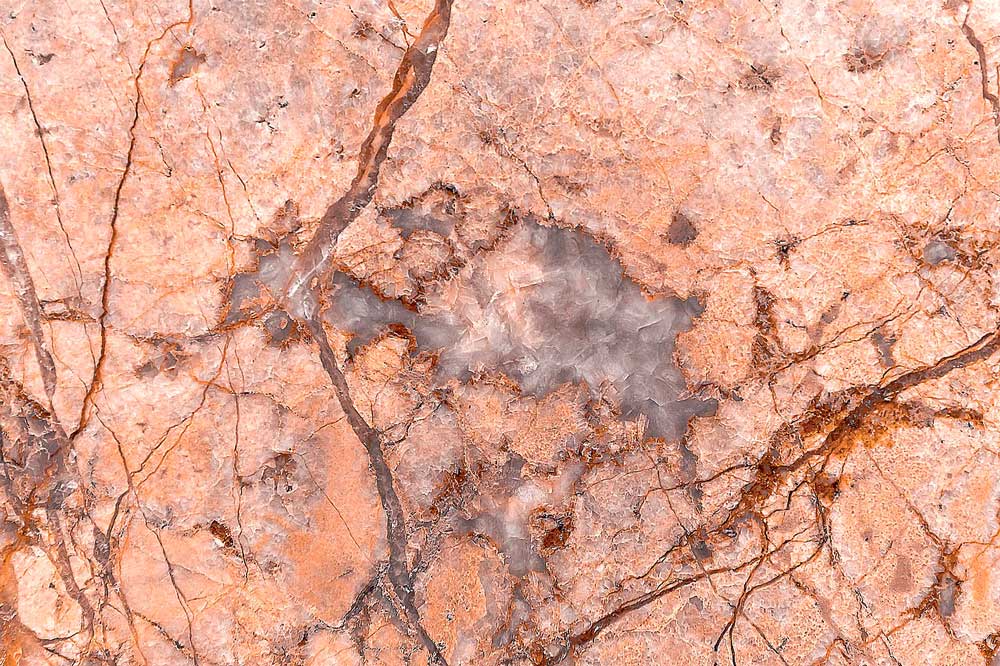
Granite: synonymous with timeless appeal
Granite, from the Latin ‘granum’ meaning ‘grain’, is a compact, polishable, phanero-crystalline rock used for decoration and construction. It is predominantly composed of minerals with a Mohs hardness between 6 and 7, (such as quartz, feldspars and feldspatoids). The main categories of granite include:
- Granites: mainly composed of quartz, sodium-potassium feldspars and micas, making them extremely hard and resistant, and therefore ideal for flooring, countertops and monuments.
- Other magmatic intrusive rocks: they differ from granite in their mineralogical composition. Diorites, granodiorites and syenites contain less quartz, while gabbros are rich in mafici minerals such as pyroxene. They are used in structural and decorative applications due to their durability and variety of colours.
- Effusive magmatic rocks with a porphyritic structure: these differ from granite in the smaller size of the crystals. Their unique structure makes them ideal for outdoor paving and wall cladding.
- Some metamorphic rocks of similar composition, such as gneiss, have a banded structure due to the orientation of the minerals, while serizzi are known for their fine grain and lustre. Both are used for cladding, flooring and decorative applications due to their strength and aesthetic beauty.

Travertine: synonymous with natural beauty and tradition
The name ‘travertine’ comes from the Latin ‘lapis tiburtinus’, meaning ‘stone of Tivoli’. Tivoli is a town near Rome, famous for its travertine quarries that have been used since the time of the Roman Empire. Travertine is a sedimentary limestone rock with a characteristic vacuolar structure, formed near hot springs and rivers, where precipitation of calcium carbonate creates a structure characterised by porosity and stratification. It is used for decoration and construction, and is often used for flooring, wall coverings and decorative details.
This rock conforms perfectly to its scientific designation, although it is often categorised as marble. Given, however, the parameters taken into account in European standards, the two materials differ in geological formation, aesthetics, and durability and strength.
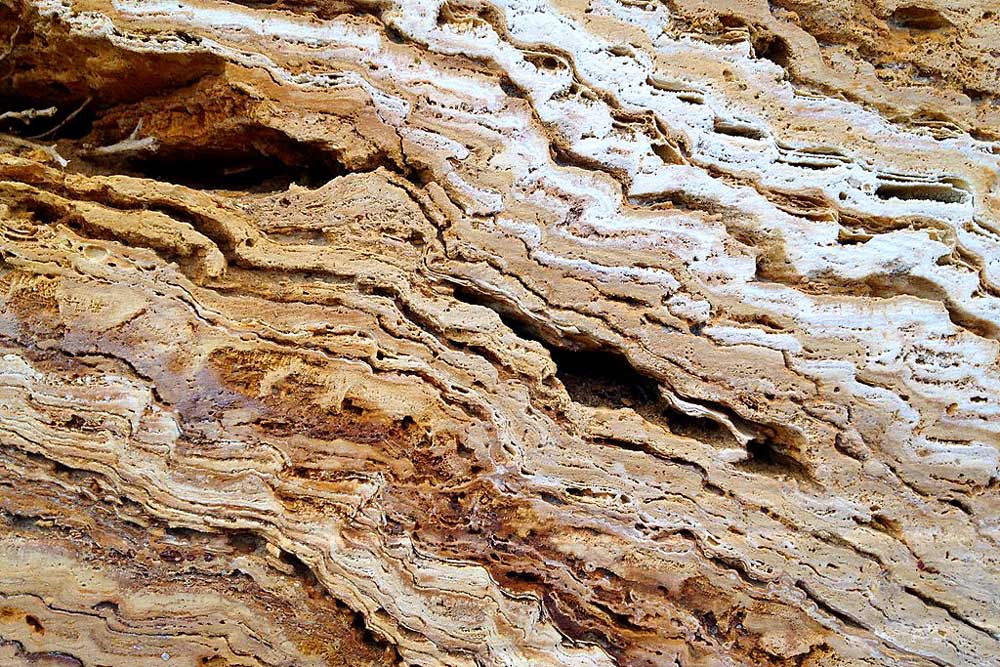
Stone: a synonym for versatility
The category of ‘stone’ includes construction and decorative rocks that cannot normally be polished. These rocks are extremely varied in mineralogical composition and not easily classified. They are divided into two main groups:
- Soft and/or loosely compacted rocks: various sedimentary rocks (calcarenites, calcareous cement sandstones) and pyroclastic rocks (peperines, tuffs); these are softer and less dense and therefore easier to work. They are used for masonry, cladding or insulation.
- Hard and/or compact rocks: natural cleft stones (quartzites, micaschists, gneiss lastroids, slates) and volcanites (basalts, trachytes, leucitites) that are often used in structural, cladding and other decorative applications.

In conclusion, knowing the names of the rocks and their origins allows us to appreciate these extraordinary materials even more and to make more conscious choices in our architectural and design projects. Natural stones are not simply building materials, they are silent witnesses of geological processes that have taken place over millions of years. Each rock tells a unique story of profound and fascinating transformations, which is reflected in its physical and aesthetic characteristics.
We invite all industry professionals to explore the world of natural stones. Their intrinsic beauty, combined with an in-depth knowledge of their characteristics and history, can truly make each and every architectural and design project unique.
For more insights, visit our blog and learn more about the wonderful world of natural stone!
Source: Quaderno Tecnico n° 1, “Le Pietre Naturali”, As.Ma.Ve. Academy, 2022.
Ultimi articoli

Contact us
We are at your disposal, below you will find our contact details.
We are waiting for you.
come to us, call, write
Fill out the form
All fields are required.
Consorzio Marmisti della Valpantena
P.IVA 01707830236 - REA VR-191854




